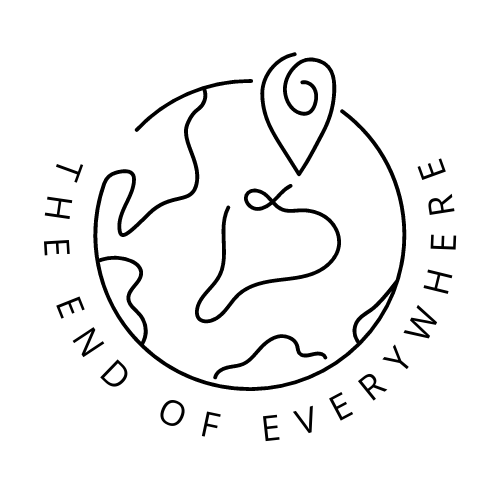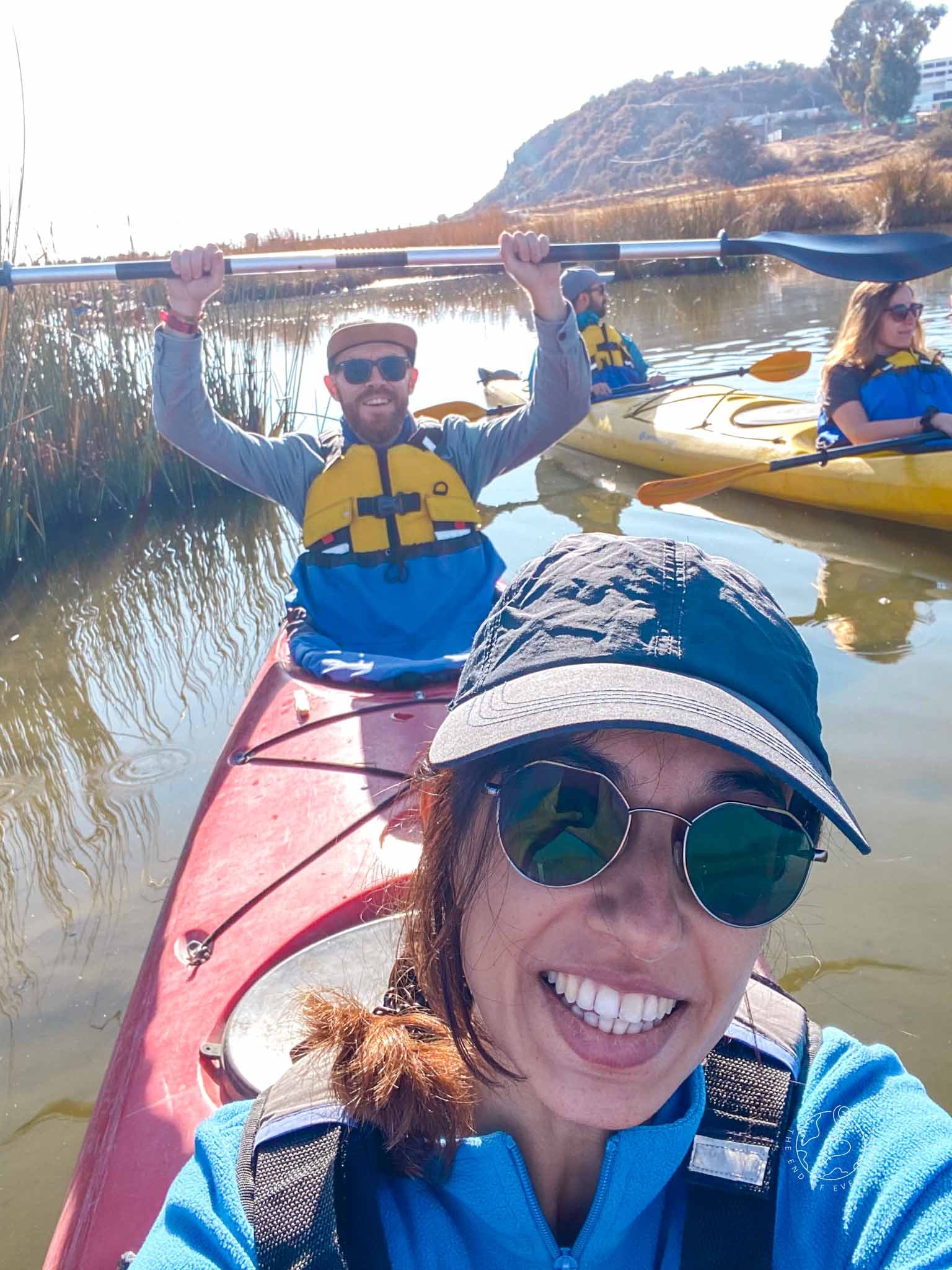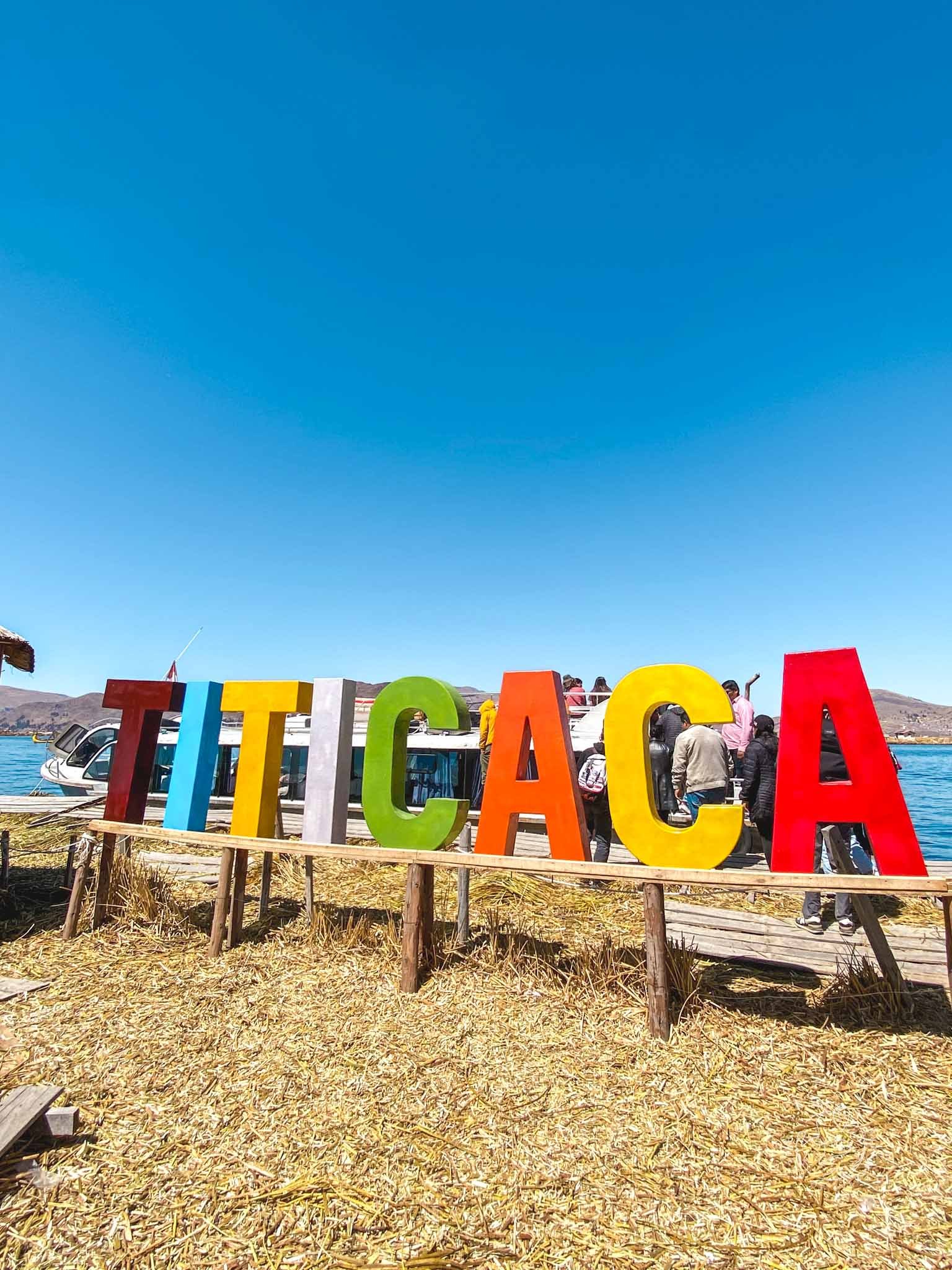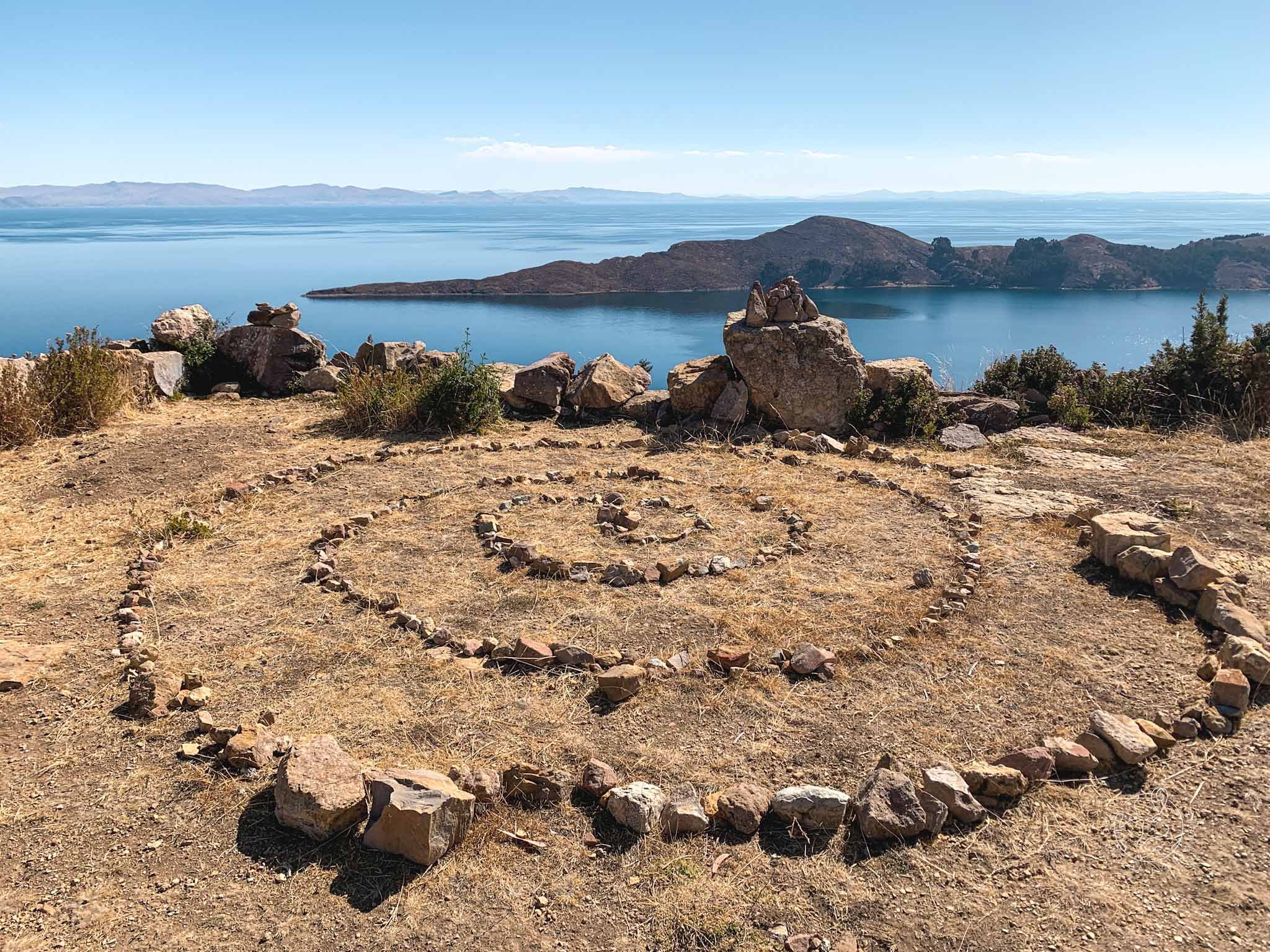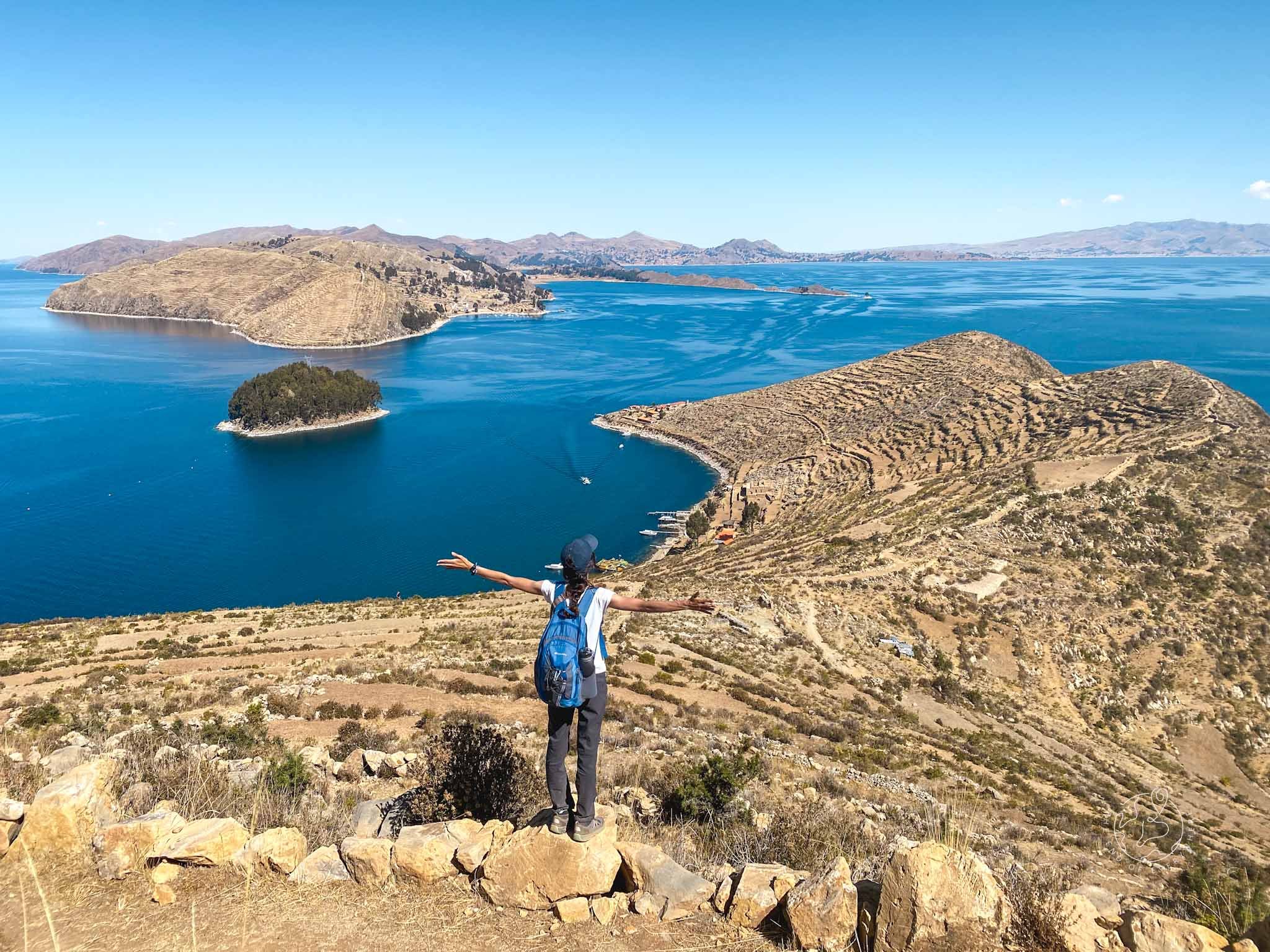The Two Sides of Lake Titicaca
Feeling free on Isla del Sol
It’s not hard to see why the Inca people believed the Andean world was born from the depths of Lake Titicaca.
Set at a staggering 3800 metres above sea level, the deep blue waters of the lake dominate the surrounding landscape, all the while glistening under the intense glare of the sun.
Mythology and geology
In Inca mythology the lake holds the sacred significance of being the birthplace of the world. It is here that first Inca King, Viricocha, stepped out of the waters to bring life to the civilisation. He created Inti the Sun God, Mama Killa the Moon Goddess, and the stars. Later, those gods created Manco Capac and Mama Ocllo, who began the Inca Empire.
In purely natural terms, Lake Titicaca is nothing short of spectacular. It was formed over 60 million years ago when a gigantic earthquake hit the Andes, splitting it in two and creating a huge hollow between them. This was then filled with water from melting glaciers, forming the magnificent lake.
It’s the largest lake in South America by volume and the worlds highest navigable lake - exactly what that means, I’m not sure! Its waters mark the international border between Peru and Bolivia, with different cultures, traditions and landscapes either side. We spent a week moving around the shoreline and getting to know the two sides of Lake Titicaca.
Peruvian Titicaca: Puno and the floating Uros reed islands
60% of the lake’s waters lie on the Peruvian side of the border. Our hostel owner told us a local joke, that Peru got the Titi, and Bolivia got the Caca!
Whilst there was once animosity between the neighbouring states, the cities and communities around the lake now live harmoniously side by side, united by the natural beauty they share in - as well as the tourism money it brings.
Our Peruvian Titicaca experience started in Puno, perched on the lake shore and a mere 7 hour bus ride from Cusco. We decided to get up close and personal with the lake and booked a kayaking experience.
Boarding our 2 person kayak, we were a little surprised by how dirty and polluted the water was at first, but perhaps we should have expected this near the city. As we paddled out into the lake the waters were deep, blue and still.
Kayaking was harder than I thought it would be! My arms tired pretty quickly and - being directionally challenged at the best of times - I could not get the hang of which side to paddle to steer the boat. This meant we ended up in the reeds more than once! At one point we were so far behind our group the guide had to give us a little lift by attaching us to the motorboat… I don’t think we can add kayaking to our list of skills, but we had a lot of fun!
We kayaked for an hour and a half out to the famous floating Uros islands, made entirely of reeds found in the lake.
The Uros people predate the Inca, and are believed to be the earliest inhabitants of the lake. They live in the heart of the waters on floating islands made of dried Totora reeds. These man-made islands were a form of defence - if a threat emerged they could simply move away from it - although they were eventually discovered by the Incas and the Spanish. The houses and boats are also made of reeds.
Once on the island, we met a local woman and her family who showed us how they construct these incredible islands, layering the reeds in a crossed formation and replenishing them as regularly as every 2 weeks in rainy season. They even move their houses! It is an incredible way of living, and the small communities are tight knit, with two or three families on each island. We heard a story about two families who had a dispute and ended up cutting their island in half!
The kayaking experience was the best part of the day as we got a unique perspective of the lake, the reed banks and the floating islands that not many other people get. We booked through our hostel who run the tour - Iguana hostel - and our guide, Sairah, was one of the best we’ve had.
After leaving the floating Uros islands we were put into a bigger boat with a big group heading out to Isla Taquile, a larger island on the lake.
We spent an hour walking an easy trail across the island and it was stunning. We passed pristine beaches lapped by clear lake water, terraced farmland and grazing sheep completing the idyllic scene. We ended the tour with a lunch of lake trout in a restaurant that had one of the best views I’ve ever experienced.
Bolivian Titicaca: Copacabana and Isla del Sol
An early start the next day took us across the border and into our fourth country in as many months: to Copacabana, Bolivia’s equivalent to Puno and the jumping off point for lake excursions.
The border crossing was one of the easiest and quickest we’ve done to date - no questions at all from the Bolivian immigration! And within 20 minutes of crossing we were in the lakeside town.
There wasn’t much to do in the town itself but we stayed a night so that we didn’t have to do too much travel in one day. The main attraction for us was an hour by boat ride into the heart of the Lake: Isla del Sol.
A shrine to Pachamama, or Mother Earth, on Isla del Sol
According to Inca beliefs, Isla del Sol is the spot where the Sun God and Moon Goddess emerged, making it a sacred place within a sacred place! It was seen as a center of spiritual power and a pilgrimage site for the Inca people, with important ceremonies and rituals taking place on the island.
There were a lot of day trips from Copacabana to Isla del Sol, but after seeing how many hiking trails there were cross-crossing the length of the island we opted to stay three nights: a half day hike, a full day hike and a day to rest. Most visitors either day trip or stay only one night, taking the boat to the north and hiking to the south before heading back the next morning. Even our hostel owner was surprised when we said we were staying three nights! But we wouldn’t change a second of it.
We got the early morning boat and enjoyed breakfast overlooking the lake before checking into our refugio. We then spent the afternoon exploring the south of the island, walking to the southern most point and up to the highest peak. We laboured up the Inca steps - both of us struggling more with altitude here than ever before, even though we’ve been much higher (make it make sense) - and saw the ruins of the Temple of the Sun.
In the village of Yumani we enjoyed our first sunset dinner. It was quite a show - you’d expect nothing less from the birthplace of the sun! We dined on delicious trout, fresh from the lake, and watched the sun sink beneath the horizon in a blaze of red, orange and yellow.
Quite suddenly, all was black. In some respects, beautiful, but also a bit of a concern as our bed for the night was a 15 minute walk outside of the village! Luckily I had my headlamp with me so was able to light the way, but we were so concentrated on not tripping over a loose rock that it wasn’t until we were safe at our door did we look up from our feet to the sky.
Our visit coincided with the new moon which, together with the complete absence of any other lights on the island, made for the most spectacular array of stars. As I turned my headlamp off and let our eyes adjust, hundreds of stars appeared out of the darkness - we could even see the Milky Way! Not since camping in the Australian outback have I seen so many stars - the southern hemisphere really does win when it comes to the night sky.
Buzzing from the thrill, we got cosy under our blankets and went to sleep, eagerly anticipating the next show that nature would put on for us. Our simple cabin had only a bed that faced towards two big windows, looking out east from the island. Eight hours later we were awoken by the sun rising up from behind neighbouring Isla de la Luna. I’ve never been much of a morning person, but what an incredible way to start the day!
Pictures L-R: sunrise from bed, candle-lit sunset dinner, blurry phone picture of starry sky.
After a simple breakfast we set off to walk the length of the island. A sneaky boat captain offered us a ride to the port in the north, telling us it would take 5 hours when we said we would walk - we know now that was a wild overestimate to try and scare us into getting a ride!
Luckily we stuck to our guns and set off, walking uphill through and out of Yumani, to a dusty trail that went along the ridge of the island. We walked through small forests and fields as the island narrowed and we could see water either side of us, all the way to the most northerly point - arriving there in about 2.5 hours.
We passed some impressive Inca ruins, all associated with the sacred rituals that would have taken place on this island. There was the ceremonial stone table, the sacred rock (supposedly shaped like a puma but we couldn’t see it), and the incredible Chinkana Labyrinth - a maze of buildings overlooking a small bay.
Starting to head back, it was another hour walk to the northern port of Challapampa, where we stopped for lunch. This is where we could have hopped on a boat back to Yumani in the south, but our legs felt good so we went for the road less travelled - the coastal path south. Truly, we didn’t see another hiker on this trail - the only people walking our way were locals - and we passed by the most beautiful beach in the village of Challa Isla del Sol, where we sat for half an hour soaking in the view.
All in all we walked about 20km and, by the time that second day drew to a close, there weren’t many places on the island we hadn’t been. So, true to our plans, we spent day three relaxing. Of course, I got up for the sunrise! But went promptly back to bed for a well deserved lie in, followed by a day of gently soaking in the beauty of our surroundings.
On our last night we stood looking up at the star-filled sky for one last time. It sounds very cheesy and cliche to say, but in that moment I don’t think I’d ever felt so at peace, or so entirely free from the worries of the world. I felt overwhelmed with the feeling that we were meant to be there, that we had made the right decisions even though they had been a little scary, and that everything will work out for us.
It’s very unusual for me to have that sort of clarity… perhaps the altitude and lack of oxygen in my brain is to blame! Either way, I’m very grateful I got to feel such peace, and I will savour it as long as it lasts.
When I look back on our time at Lake Titicaca, that is the feeling and the moment I want to remember. How we were disconnected from everything except each other, how that sacred place seeped into our souls.
I promise to learn more about astrophotography and manual focus before I attempt any more night sky images!
Related Content
